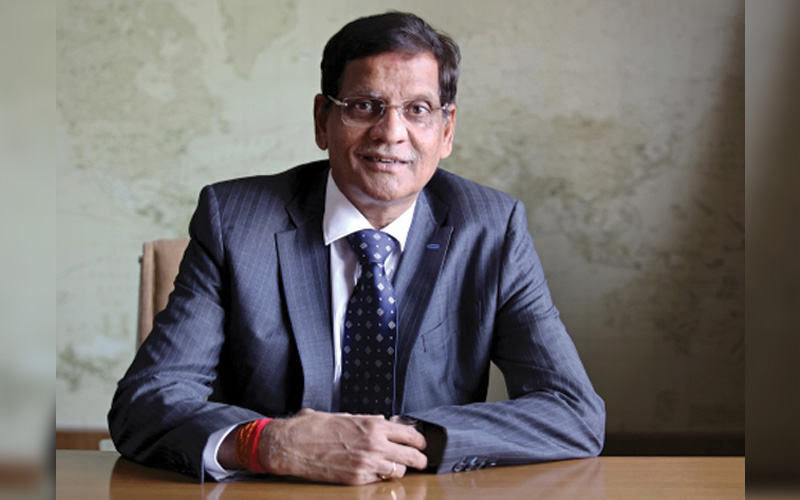
In 2025, the manufacturing sector stands on the brink of a transformation. Sustainability, once perceived as a niche concern, has now become one of the most pressing priorities across industries. The wire and cable sector, in particular, stands at the forefront, where the real work goes far beyond simply ticking boxes. Achieving meaningful impact requires a well thought out, multi-pronged approach to sustainability. Today, manufacturers are under mounting pressure from all directions—rising consumer expectations, stringent government regulations, and the undeniable urgency of climate change.
Watch: Top Cable Companies in India
This moment is pivotal, urging manufacturers to reassess their strategies, adopt greener practices, and make sustainability the foundation of their operations.
Here is what will define the sector in 2025 and beyond:
- Circular Economy: Redefining the Manufacturing Model
The traditional “take, make, and dispose” model is being replaced by a circular model that prioritizes recycling and reuse. In the wire and cable industry, this translates to increased use of recycled copper and aluminum. In fact, a 2023 BIS Research report estimates that the global market for recycled copper will reach billions of dollars by 2027, highlighting the growing demand for sustainable materials. Recycling these metals will significantly reduce the energy and resources needed for extraction and refining. - Energy Efficiency: Cutting Costs and Environmental Impact
Energy consumption is a critical factor for wire and cable manufacturers, influencing both operational costs and environmental footprint. To derive sustainability, the focus will increasingly move toward investing in energy-efficient machinery and processes. At the same time, by upgrading to modern equipment, manufacturing facilities can also achieve significant cost savings, while reducing their overall environmental impact. - Decarbonization: Driving the Net-Zero Agenda
The wire and cable industry has a strong role to play in contributing to reduced carbon emissions. By 2025, manufacturers will intensify their focus on decarbonization efforts, aligning with global net-zero goals. This can be achieved by shifting to renewable energy sources which involves integrating solar or wind power into production facilities. - Industry 4.0: Technology-Driven Sustainability
Digitalization will play a critical role in enhancing sustainability by 2025. Wire and cable manufacturers can leverage sensor technology to monitor resource usage. Real-time data on energy consumption and material waste can go a long way in helping to identify areas for improvement and optimize production processes. - Sustainable Product Innovation: Meeting Customer Demands
Consumers are actively seeking out eco-friendly products. To meet this demand, manufacturers will prioritize biodegradable cable insulation. This serves as an alternative to conventional materials that can produce toxic chemicals during disposal.
The Road Ahead: Sustainability as a Catalyst for Transformation
The trends we’ve explored are not just environmental imperatives; they are the forces that will define the future of the wire and cable industry. By 2025 and beyond, those brands that prioritize sustainability will be well-equipped to lead the charge, creating groundbreaking solutions, seizing new market opportunities, and solidifying their position as forward-thinking innovators.
Also Read: RR Kabel Advances Solar Cable Technology with Superior Insulation and AD8 Compliance
Manufacturers who integrate circular models, embrace energy efficiency, accelerate steps towards decarbonization, harness the power of digitalization, and innovate with sustainable products will emerge as leaders in a market that increasingly demands environmental responsibility.
The future of wire and cable manufacturing is defined by sustainable practices, and the opportunity to start your journey is now.




